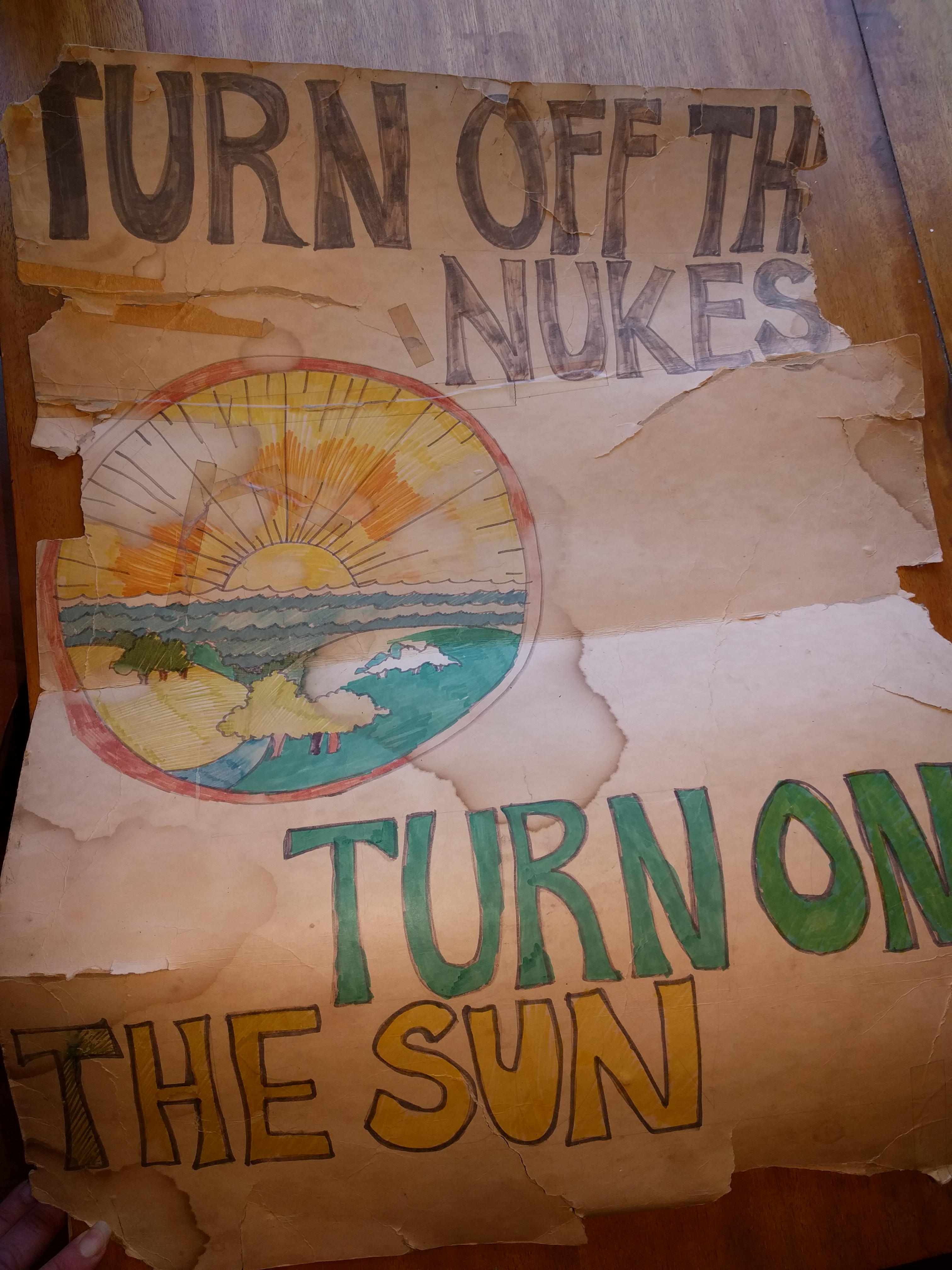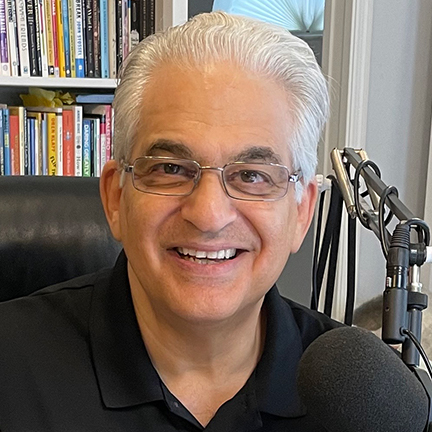The Future of Sustainability and Regenerativity: Watching Trends
We are at the dawn of a new era in ESG (Environmental/Social/Governance, often rolled together as “sustainability). Following a long Model T Ford stage of kludged-together bandaid fixes, we are finally evolving into a much more holistic, much more regenerative approach. This incorporates several deeper methodologies like biomimicry, lifecycle costing, product take-backs, and multiple functions from single innovations, as well as massively scaled climate solutions that can actually reverse atmospheric carbon.
A lot of this progress is happening because the increasingly extreme weather of the last few years makes it obvious that we have no choice; we either learn how to be good neighbors to other species, ecosystems, and the planet—or the planet will drive us out. It’s going to be exciting.
We will see:
• Much deeper understanding of what the actual problem is. As one example: rather than focusing on building a better car, design ways to move people and freight across distances without requiring new roads, clogging existing ones, or pollution: something that would eventually make the private personal vehicle obsolete. It might look like modular mass transit bubbles that link together to move great distances at high speeds, then separate for last-mile door-to-door delivery—or it might look like “Beam me up, Scotty”—or, much more technologically and financially achievable, a group-conference immersion platform that simulates in-person contact through holography, smell receptors, and other techniques.
• Nature-based solutions that are far simpler, less expensive, and more effective than present approaches: emulating desert beetles for pure water supplies, bacterial fermentation to turn waste plastic into something useful, adhesives that replicate geckos, etc.
• Far more attention to the S in ESG, and integrating it with the E. For instance, green agriculture could create whole new industries that provide jobs and economic power to marginalized inner-city neighborhoods and depressed rural areas (or entire countries). And they could use open hiring procedures like the one that’s been so successful for Greyston Bakery to provide ladders out of poverty to ex-addicts, ex-felons, and ex-mental patients who have very little hope of finding a job through more standard approaches. Greyston is now consulting to other companies on how to implement a successful open hiring program.
Within a few years, these will be moving into the mainstream—providing significant competitive advantage over the companies that don’t embrace them: in energy and materials efficiency, reduced labor costs, and other direct operational benefits—and ALSO in marketing. These major steps forward will attract and retain customers, perhaps even turn customers into unpaid brand ambassadors.
We’ve been shown the path by visionaries like Amory Lovins, Janine Benyus, and Gunter Pauli for more than 20 years. We already know many of the solutions. Now we have to implement all these great ideas.


